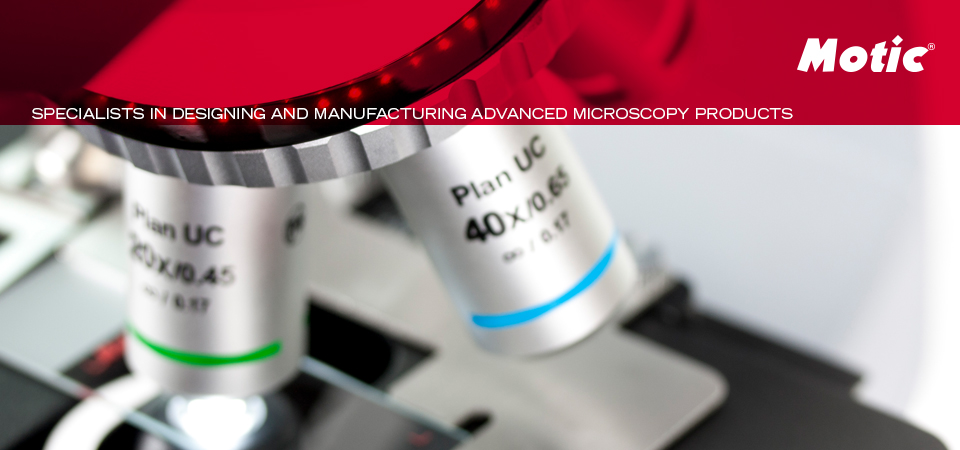The microscopic examination of urine sediments deals with unstained, native samples; single colorless components can hardly be recognized in transmitted bright field and thus are easily overlooked.
Only an adequate contrast method will ensure the positive detection of cells and other low-contrast structures in urine sediments.
The necessary image quality can easily be achieved by using the optional Phase contrast on a transmitted light microscope. A quick switch between bright field and Phase contrast is possible and facilitate both illumination methods on one instrument.
Colored crystals and cell aggregations are treated with bright field, while Phase contrast allows a detailed identification of morphologic anomalies like dysmorphic erythrocytes and hyaline matrices (cylinder).
Some examples:
Picture 1 and 2
Phase contrast allows the distinct detection of the cylindrical structure. In bright field the Tamm-Horsfall protein is quite transparent and can easily be overlooked. In case cell structures are located within a hyaline matrix, the renal origin of these cells is obvious. The morphology of erythrocytes (eumorphic or dysmorphic) gives evidence to renal or post-renal bleeding.
Phase contrast allows the distinct detection of the cylindrical structure. In bright field the Tamm-Horsfall protein is quite transparent and can easily be overlooked. In case cell structures are located within a hyaline matrix, the renal origin of these cells is obvious. The morphology of erythrocytes (eumorphic or dysmorphic) gives evidence to renal or post-renal bleeding.
Picture 1
Picture 2
Picture 3 and 4
The abundance of bacteria
The abundance of bacteria






